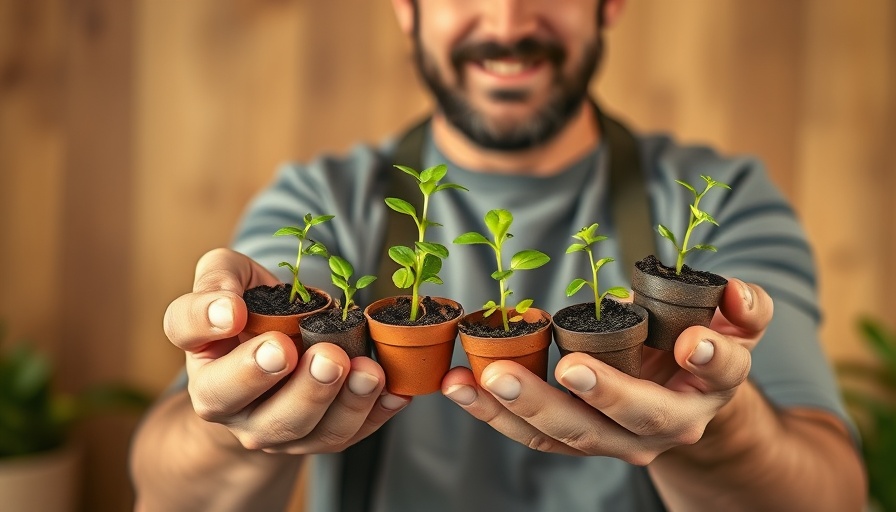
Unwanted Guests: The Battle Against Invasive Plants
When it comes to gardening in Metro Vancouver, everyone knows that not all plants are created equal. Among them, some are benign, while others are downright villainous. The video titled This plant is my nemesis... brings to light a common plight faced by many—dealing with invasive plants that can take over a garden space, sniping the attention and resources away from your beloved plants. Today, let’s explore the intricacies of identifying and managing these troublesome invaders so that you can safeguard your green space.
In the video titled This plant is my nemesis..., the discussion highlights the issues surrounding troublesome invasive plants, prompting us to delve deeper into effective management strategies for gardening in urban spaces.
Identifying the Enemy: Common Invasive Species
Invasive plants can wreak havoc on your backyard oasis. They often outgrow and overshadow native species, disrupt local biodiversity, and even cause structural damage to gardens. Some of the most notorious offenders in Metro Vancouver include Japanese Knotweed, English Ivy, and Himalayan Blackberry. Knowing how to identify these invasive species is your first line of defense. For example, Japanese Knotweed has bamboo-like stems and grows rapidly during the summer months, while English Ivy clings to everything, forming a dense mat that shades out other plants.
Why You Should Care: The Social Connection
Managing invasive species in our small garden spaces isn’t just about aesthetics; it’s essential for local ecology. These plants can disrupt the natural food web and harm local wildlife, including pollinators. By removing invasive species, you contribute to the overall health of your ecosystem, ensuring that native flora and fauna have the room to thrive. This fosters a vibrant garden community that enhances biodiversity not only within your yard but throughout the neighborhoods of Metro Vancouver.
Practical Tips for Eradicating Invaders
Eradicating invasive plants may seem daunting, but with practical tips, it can be an achievable goal. Start by pulling them out by hand, making sure to get the roots to prevent regrowth. For large infestations, consider safe herbicides or eco-friendly alternatives. Always check local regulations before using chemicals, and consider contacting local gardening clubs for recommendations. When removing invasives, replace them with native plants that can better support your local ecosystem. Not only will this provide a more attractive landscape, but it will also promote a healthier environment.
Future Trends in Urban Gardening
As gardening becomes more popular in our urban settings, the focus on sustainable practices is rising. This includes a greater awareness of the importance of native plants and maintaining biodiversity. Community gardens and local initiatives are increasingly emphasizing education on invasive species and encouraging residents to engage in collective efforts. By talking to your neighbors and sharing experiences, you can create a supportive community that values local ecology and sustainable gardening practices.
Conclusion: Stand Up Against Invasives
Metro Vancouver residents have a unique opportunity to shape their gardening practices by addressing the challenges posed by invasive plants. Understanding who your enemies are and how to deal with them enables you to foster a thriving garden that benefits not only you but the community at large. As you plan your next gardening project, consider implementing these strategies and inspire others to join in the fight against invasive plants!
 Add Row
Add Row  Add
Add 




Write A Comment